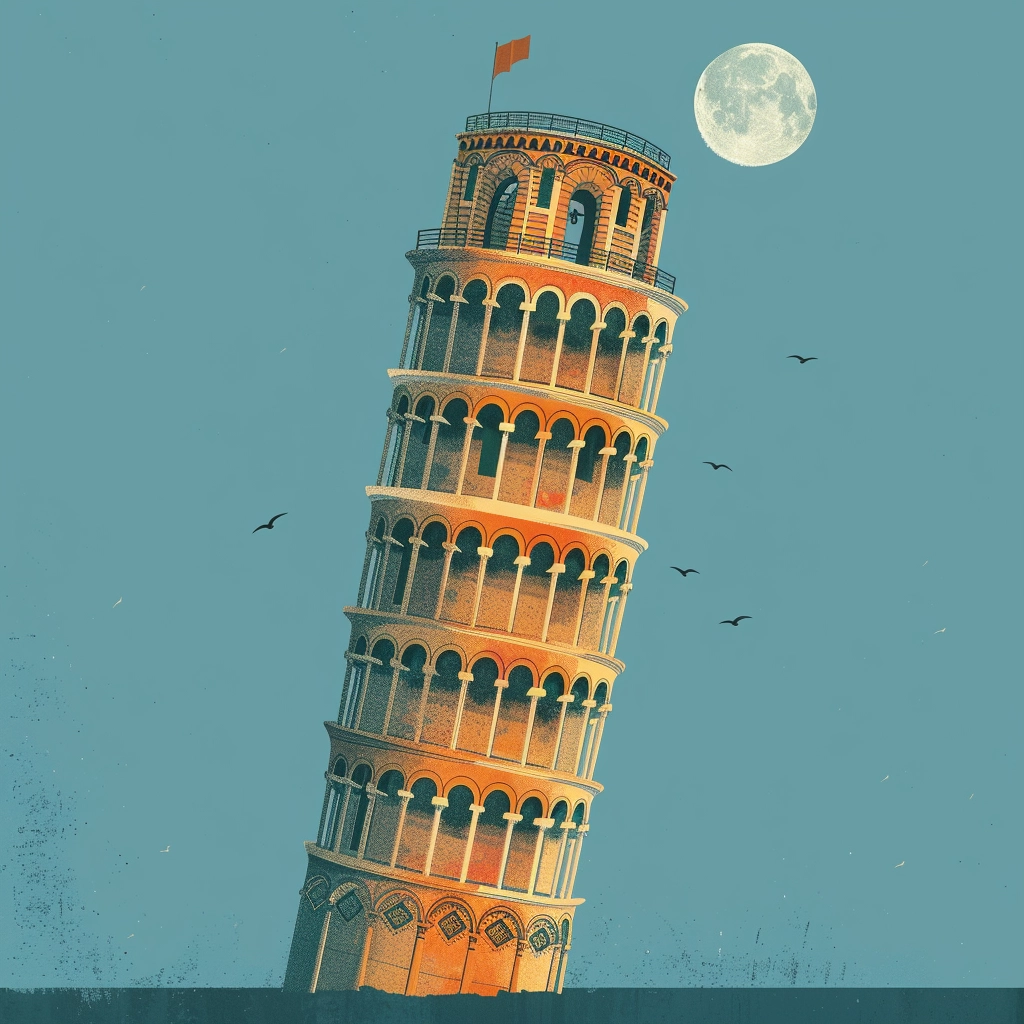
I am a perfectionist, and I admit that. Is this my best or worst quality? Maybe it’s both. It’s a trait that defines a lot of who I am, not only professionally, but also personally. There’s a sense of validation that comes when you get something done to perfection that everyone enjoys. However, how far can you or should you go to get something done perfectly? Also, what defines perfect? It can be extremely subjective.
When it comes to design, perfection can be seen from so many angles. It can be visual, structural, experiential, and completely subjective, depending on who you are designing for.
I remember when I first started in UX Design, I used to put so much effort into organising my design files and naming all layers and frames - this was in the old good Sketch. With the transition to Figma, I got obsessed with naming conventions, layers, design systems, auto-layout and tokens.
Perfectionism vs product design
A high level of visual design practice is pivotal to ensure high-quality products, but design perfectionism to the pixel can become an obsession.
Whilst this is the right place to be when you start in design so that you can master your skills, it can be somehow detrimental when you are a more seasoned designer. This is especially true when you work in a cross-functional product team in a start-up (This might be well different in a large organisation with hundreds of designers!).
Still, I am not advocating for sloppy designs, but nowadays, if you have a well-created design system, it takes more effort to screw things up than create a well-crafted design. That’s why I think the focus should shift from pixel-perfect design to creating products and features that solve the right problems.
Perfectionism can be detrimental even if we look at research practices. I am guilty of always wanting to do more research, observe more users, and get to the bottom of a problem before starting any ideation. However, this isn’t a realistic expectation as we do not have unlimited budget and time. That’s why I think that time-bounded discovery really helps to force the team to come up with a clear problem definition and solutions that can be delivered and iterated on.
Jeffrey Zeldman clearly defines my perfectionist conundrum:
Good is the enemy of great. Great is the enemy of shipping.
In the world of startups, time is of the essence. It's important to remember that spending too much time perfecting a solution can result in never actually shipping it out. Therefore, sometimes it's better to ship out something that might not be perfect, rather than nothing at all. However, it's still important to ensure that we are confident that we are addressing the right problem, and that what we have created, even if it doesn't solve all of the user's pain points, is still a step in the right direction.
How do I deal with perfectionism?
Badly! It’s a battle that I fight every day in everything I do. But I am learning to let things go, and I can list some things that help me.
Goals
Having clear goals allows me to focus on what matters. I have realised that I often spend excessive time on planning, preparing, or researching. However, I can adjust these activities based on the goals and focus on achieving them.
Plan
I always put together a plan of action to solve a problem, and I set deadlines for myself to ensure that I do not lose sight of the overall goal. Having deadlines means that I cannot keep going back to the design and rethinking whether it is on point or not. It gives me a necessary cut-off point to avoid stressing over small details. This allows me to ensure that I deliver what needs to be delivered.
Feedback
I seek feedback from people at an early stage and on a regular basis. This helps me stay focused on the main objectives and avoid getting bogged down by irrelevant concerns. When working in isolation, I tend to worry about things that may not be important. Seeking feedback from others can help me stay on track.
Sleep on it
I find it difficult to let go of things, but sometimes it's best to avoid perfectionism. Instead of continuously designing new screens, searching for alternatives, or creating variations, I've learned that it's better to close my laptop, get a good night’s sleep, and approach the problem with fresh eyes the next morning.
